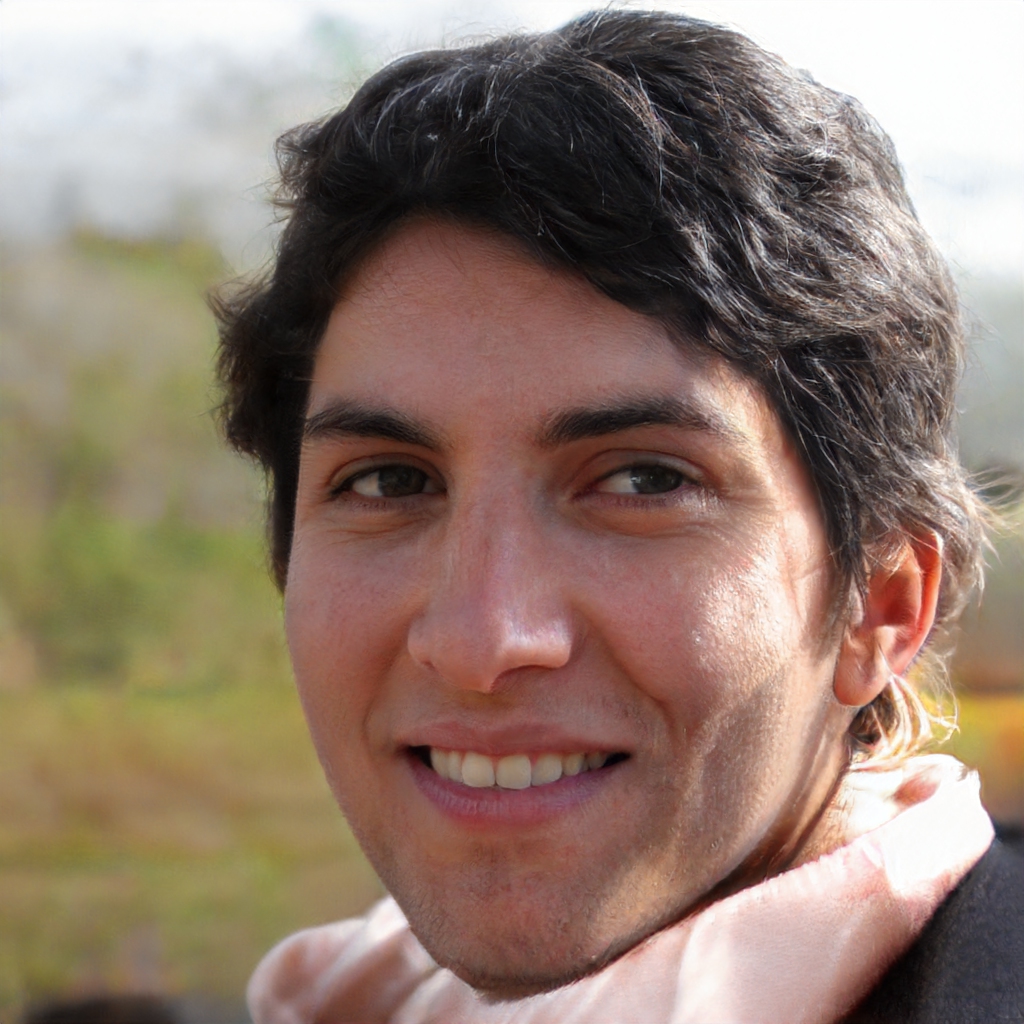The project is called Plant Habitat-04 and soon astronauts will be able to taste the fruits of this plant. The seeds of the Hatch variety, from New Mexico, arrived in space in April.
Some chili pepper plants are growing on the Iss. Nasa's experiment is called Plant Habitat-04 and plans to grow the 48 seeds sent into Space in April 2021. The seedlings are of the Hatch variety, from New Mexico and are maturing inside three growth chambers, highly technological, on board the International Space Station: the Advanced Plant Habitat. On the table of astronauts, therefore, soon it will be possible to taste some green and red hot peppers. The project is one of the longest and most challenging aboard the orbital laboratory, although it is not the first time they have tried to grow plants on the ISS.
The chili peppers project in the international space station
If already since 2015 on the Iss they had grown ornamental zinnias and then also edible plants such as lettuce, cabbage and chard, the novelty of the chili peppers lies in the fact that this is the first crop from seeds. In charge of the cultivation is astronaut Shane Kimbrough, an aeronautical engineer who had already been responsible for growing a variety of romaine lettuce in orbit in 2016. In the Advanced plant habitat, the chiles are growing illuminated by LED lights and on a porous clay bottom. The chamber operates fully automatically with 180 sensors constantly monitoring the seedlings' parameters.
The Hatch's maturation time is about 4 months and the seeds were planted in mid-July. This means that by mid-November, astronauts will be able to taste the fruits of their cultivation. The "harvest" will be partly eaten by those aboard the ISS and partly will be brought back to earth to be analyzed. The choice of growing chillies, moreover, is not random. This product has been selected for a multitude of characteristics that make it very useful for feeding in Space. The spicy taste compensates the partial loss of taste to which astronauts are subjected in conditions of microgravity. In addition, hot peppers are particularly rich in vitamin C, are easily stored and do not require laborious preparation to be consumed.
The cultivation of vegetables in Space is among the main current projects and is important in view of future long duration missions with the impossibility of supplies. Assuming possible exploratory trips, for example to Mars, even lasting years, it is essential to be able to identify how to produce fresh vegetables or other foods to be grown during the expeditions. On the ISS we pay a lot of attention to food and, in the mid-August refueling, on the space station even a kit to make pizza arrived.
Stefania Bernardini
